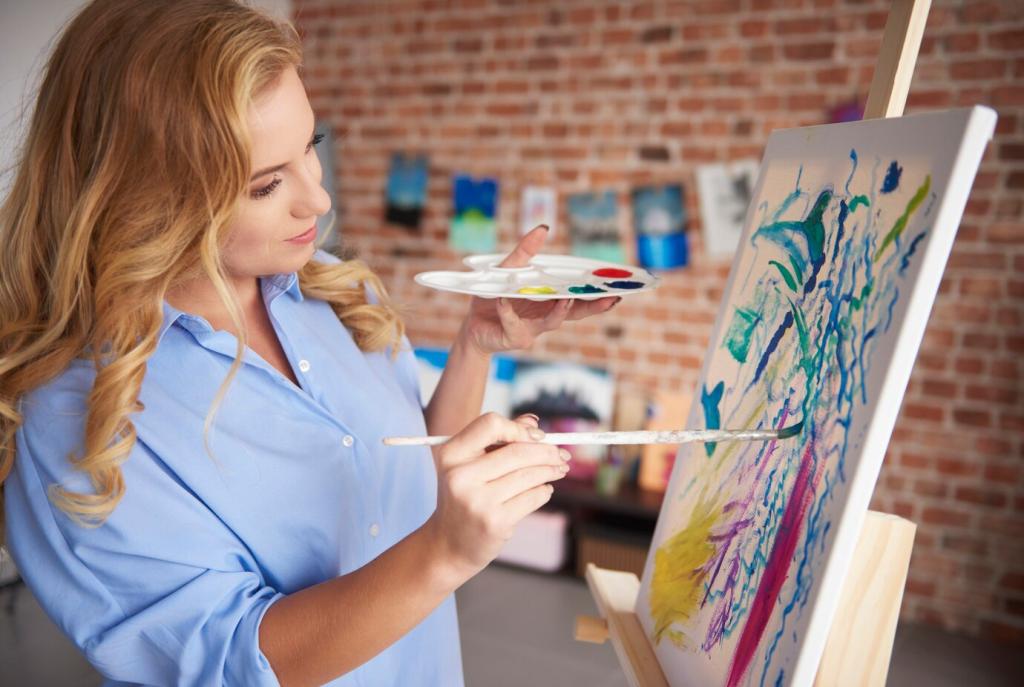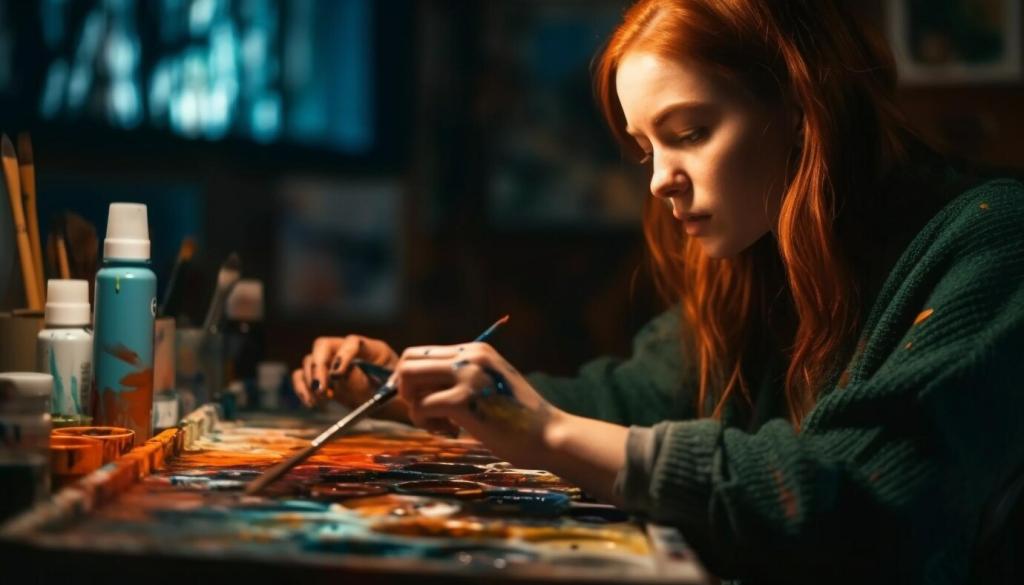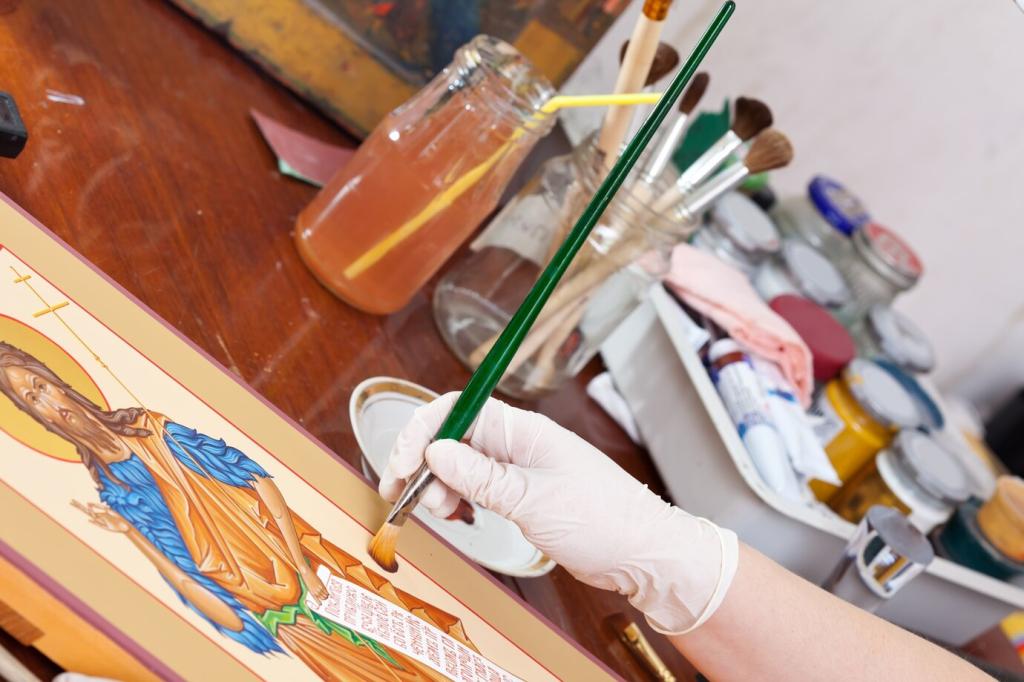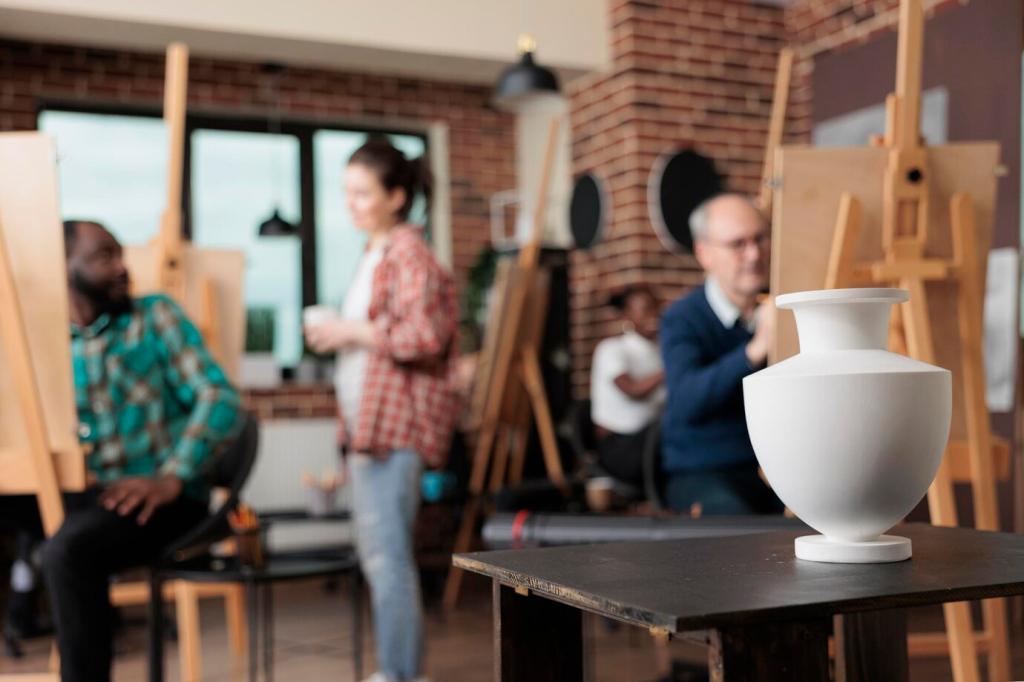Middle East and North Africa: Geometry, Illumination, and Light
On a page the size of your hand, gardens expand with nightingales and philosophers. Lapiz lazuli skies and meticulous gold cloudbands direct your gaze like poetry. If a single miniature could illustrate a moment from your life, which scene would earn those tiny, patient brushstrokes?
Middle East and North Africa: Geometry, Illumination, and Light
Tezhip frames sacred texts with radiance—rumi motifs, saz leaves, and shamsa medallions shimmering like whispered prayers. Masters breathe on leaf gold to settle it. Tell us whether pattern calms your mind, and we’ll send you a printable practice outline to trace this week.





